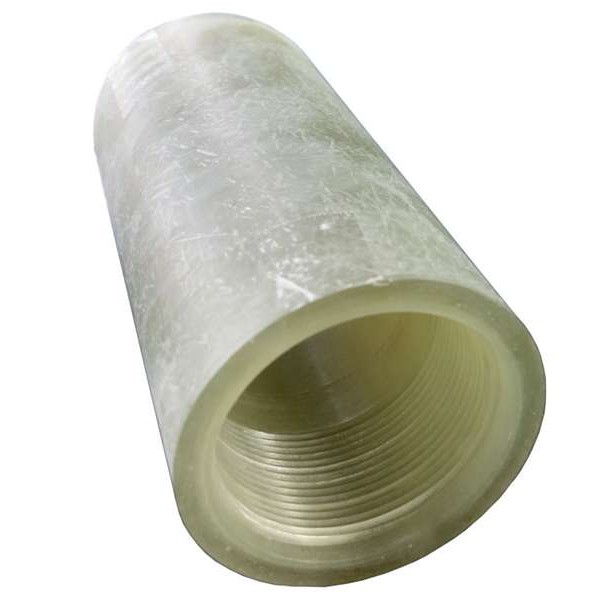
-
 Afrikaans
Afrikaans -
 Albanian
Albanian -
 Amharic
Amharic -
 Arabic
Arabic -
 Armenian
Armenian -
 Azerbaijani
Azerbaijani -
 Basque
Basque -
 Belarusian
Belarusian -
 Bengali
Bengali -
 Bosnian
Bosnian -
 Bulgarian
Bulgarian -
 Catalan
Catalan -
 Cebuano
Cebuano -
 China
China -
 China (Taiwan)
China (Taiwan) -
 Corsican
Corsican -
 Croatian
Croatian -
 Czech
Czech -
 Danish
Danish -
 Dutch
Dutch -
 English
English -
 Esperanto
Esperanto -
 Estonian
Estonian -
 Finnish
Finnish -
 French
French -
 Frisian
Frisian -
 Galician
Galician -
 Georgian
Georgian -
 German
German -
 Greek
Greek -
 Gujarati
Gujarati -
 Haitian Creole
Haitian Creole -
 hausa
hausa -
 hawaiian
hawaiian -
 Hebrew
Hebrew -
 Hindi
Hindi -
 Miao
Miao -
 Hungarian
Hungarian -
 Icelandic
Icelandic -
 igbo
igbo -
 Indonesian
Indonesian -
 irish
irish -
 Italian
Italian -
 Japanese
Japanese -
 Javanese
Javanese -
 Kannada
Kannada -
 kazakh
kazakh -
 Khmer
Khmer -
 Rwandese
Rwandese -
 Korean
Korean -
 Kurdish
Kurdish -
 Kyrgyz
Kyrgyz -
 Lao
Lao -
 Latin
Latin -
 Latvian
Latvian -
 Lithuanian
Lithuanian -
 Luxembourgish
Luxembourgish -
 Macedonian
Macedonian -
 Malgashi
Malgashi -
 Malay
Malay -
 Malayalam
Malayalam -
 Maltese
Maltese -
 Maori
Maori -
 Marathi
Marathi -
 Mongolian
Mongolian -
 Myanmar
Myanmar -
 Nepali
Nepali -
 Norwegian
Norwegian -
 Norwegian
Norwegian -
 Occitan
Occitan -
 Pashto
Pashto -
 Persian
Persian -
 Polish
Polish -
 Portuguese
Portuguese -
 Punjabi
Punjabi -
 Romanian
Romanian -
 Russian
Russian -
 Samoan
Samoan -
 Scottish Gaelic
Scottish Gaelic -
 Serbian
Serbian -
 Sesotho
Sesotho -
 Shona
Shona -
 Sindhi
Sindhi -
 Sinhala
Sinhala -
 Slovak
Slovak -
 Slovenian
Slovenian -
 Somali
Somali -
 Spanish
Spanish -
 Sundanese
Sundanese -
 Swahili
Swahili -
 Swedish
Swedish -
 Tagalog
Tagalog -
 Tajik
Tajik -
 Tamil
Tamil -
 Tatar
Tatar -
 Telugu
Telugu -
 Thai
Thai -
 Turkish
Turkish -
 Turkmen
Turkmen -
 Ukrainian
Ukrainian -
 Urdu
Urdu -
 Uighur
Uighur -
 Uzbek
Uzbek -
 Vietnamese
Vietnamese -
 Welsh
Welsh -
 Bantu
Bantu -
 Yiddish
Yiddish -
 Yoruba
Yoruba -
 Zulu
Zulu
Innovations in Gold Mining Drilling Bits for Enhanced Efficiency
Exploring Innovations in Gold Mining Drilling Bits for Enhanced Efficiency
Gold mining has always been a vital component of the global economy, driven by the continuous demand for this precious metal. As the industry evolves, technological advancements play a crucial role in enhancing efficiency and reducing costs. One area of significant innovation is the development of drilling bits, which are essential tools in the extraction process. This article delves into the latest innovations in gold mining drilling bits, highlighting their impact on efficiency and sustainability.
Traditionally, drilling has posed several challenges in gold mining, including high operational costs, equipment wear and tear, and environmental concerns. However, recent advancements in materials science and engineering have led to the design of more durable and efficient drilling bits. One remarkable innovation is the use of polycrystalline diamond (PCD) bits. PCD bits are known for their exceptional hardness and wear resistance, significantly extending their operational life compared to conventional steel bits. This increase in durability translates to reduced downtime and maintenance costs, enabling mining companies to operate more efficiently.
Another promising development is the adoption of advanced drilling techniques, such as directional drilling and continuous core drilling. These methods allow for more precise targeting of gold deposits, minimizing the environmental impact associated with traditional drilling practices. The use of directional drilling helps to reach ore bodies located in hard-to-access areas while reducing the number of drill holes needed, ultimately conserving resources and reducing surface disturbance.
exploring innovations in gold mining drilling bits for enhanced ...

Moreover, the integration of smart technologies into drilling operations is revolutionizing the gold mining industry. Equipped with sensors and data analytics capabilities, modern drilling bits can provide real-time information on various drilling parameters, including depth, pressure, and temperature. This data allows miners to make informed decisions on operational adjustments, optimize drilling performance, and enhance safety measures. For instance, by monitoring wear patterns on drilling bits, operators can predict when a bit will need replacement, reducing unexpected downtimes and optimizing resource allocation.
Sustainability is an increasingly important focus in the mining sector, and innovations in drilling technology are contributing to greener practices. The development of low-impact drilling bits, designed to minimize energy consumption and reduce noise pollution, aligns with the industry's goal of sustainable resource extraction. Furthermore, advancements in drilling fluids, which are crucial for cooling and lubricating the drilling process, have led to the creation of biodegradable alternatives. These eco-friendly fluids limit environmental contamination and enhance the overall sustainability of mining operations.
In conclusion, the gold mining industry is witnessing significant innovations in drilling technology, particularly in the development of advanced drilling bits. The introduction of durable materials, the adoption of precise drilling techniques, and the integration of smart technologies are collectively enhancing operational efficiency and reducing environmental impact. As the demand for gold continues to grow, these innovations will play a critical role in ensuring that mining operations are both economically viable and environmentally responsible. Stakeholders in the mining sector must continuously explore and invest in these advancements to meet future challenges and promote sustainable practices within the industry.









